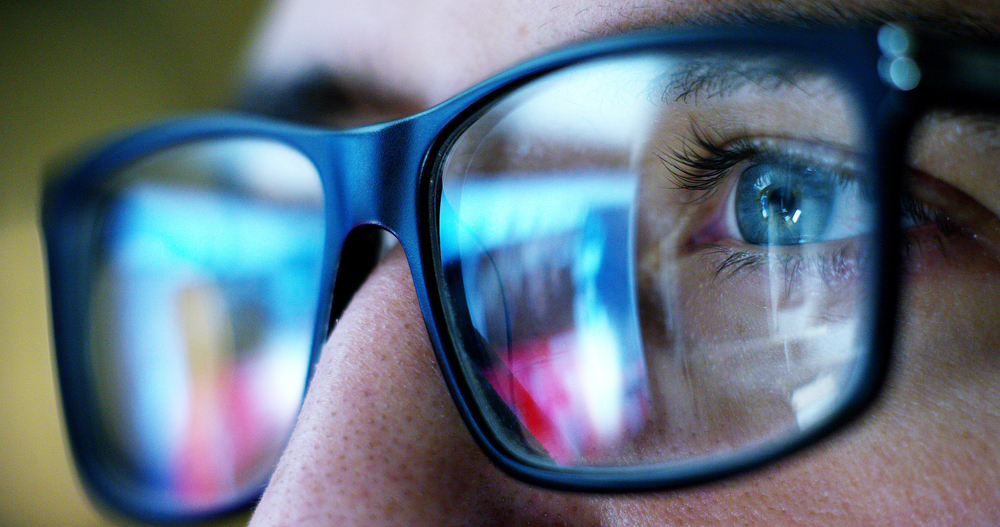Social Impact Games
A probable future illuminated by looking back.
March 14, 2023,
Abstract
Social Impact Games are created to address varied societal challenges. Future innovations in social impact game design are likely to come through the researchers and practitioners that not only make such games, but shape the way we design, develop, employ, and apply social impact games. This opinion piece emphasizes the idea that reactive research chases the future, but innovative research shapes it. It outlines threats to the practice, including antisocial impact games (contrasted with prosocial design), technological durability, and shifts in ludo literacy. It concludes with opportunities, based on historical contexts, to develop ethical standards for social impact game design, increase inclusivity and improved efficacy. From this perspective, the past indicates a future where the work of social impact matures out of research experiment toward everyday experiences among the milieu of interactive media.
1. Introduction
Social Impact Games are created to address varied societal challenges. It’s a practice that has matured, growing wider in its scope, global in its creation, and increasingly complex in its aims. It is no longer a surprising solution to create games that aim to help shape our empathies (e.g., Urban Ministry of Durham’s PlaySpent.org), improve patient behaviors (e.g., Hopelab’s Remission), or create complex social shifts like inoculating players from disinformation (e.g., Harmony Square or Factitious). Sometimes these games are the product of focused research in social impact, others are the result of entertainment applied in the right context like Assassin’s Creed Discover Tour.
However, the future of applied gaming, including the development of social impact games, needs to move beyond chasing validation and towards shaping efficacy. Reactive research chases the future, innovative research shapes it.
Future innovations in social impact game design are likely to come through the researchers and practitioners that not only make such games, but shape the way we design, develop, employ, and apply social impact games. The future is not only application, but process, including enhancements in the who and how of such games.
In the next five years, our hope is that this work will start to expand across more geographic dispersed communities, employing participatory design and increased leadership from the communities best served by such a world. Just as the history of games experienced a proliferation of alternative game experiences precipitated from the democratizing forces of indie gaming, it’s reasonable to expect the same forces are already shaping the future of social impact games. Instead of reacting to market forces, the community of social impact game makers can shape its future. That may mean not only ascribing to known processes but defining ones that are unique to social impact games.
What economists identify as emerging markets are quickly employing social impact games to highlight distinct elements of their cultures, to shape conversations about a variety of societal issues and even explore solutions. In 2022 alone, I was invited to speak with growing communities of social impact design in Turkey, Malaysia, and Abu Dhabi. These are communities building entrepreneurial momentum through Abu Dhabi Gaming, Biji-biji Initiative Malaysia, and educational growth at institutions like Bahçeşehir University. This work happens from multicultural perspectives that expand the aims, reach, and methods of creating social impact.
2. A Threat to Social Impact Game Design
3. An Opportunity in Social Impact Game Design
For some of us that means games substituting the biases of standardized tests and personal interviews with through game-based assessments, like Education Testing Service’s Awkward Annie. For others, it means playful, explorable explanations, like vi Hart and Nicky Case’s Parable of the Polygons. Yet others envision pervasive human computation games like FoldIt.
Most importantly, the future of social impact games will be shaped by the innovators who are able to write the standard by which social impact follows a moral and philosophical good. The standard to which others will be held, of the compass that points toward a true north. The future will be shaped by those who are able to bring communities together to build wider, deeper, more persistent impact from an inevitably increasingly multidisciplinary medium. To those who help move social impact forward, it is important to recognize and address pitfalls as inevitable challenges toward any worthwhile exploration.
Copyright
© 2023 Copyright held by the owner/author(s).
Share this story. Choose your platform.
Want more updates and information from ACM? Sign up for our Newsletter.
Related Articles

The Toxic Cost of Cheap Usernames
Toxicity in video games, acting in a rude, abusive, bullying, or deliberately losing manner, ruins competitive team-based video game experiences for everyone involved.
August 12, 2024,

What Are the Points of Concern for Players about VR Games
In recent years, the VR boom has signaled fruitful applications in fields such as education, industry, animation, and entertainment.
August 22, 2024,

An Empirical Study of VR Head-Mounted Displays Based on VR Games Reviews
In recent years, the VR tech boom has signaled fruitful applications in various fields.
August 22, 2024,

